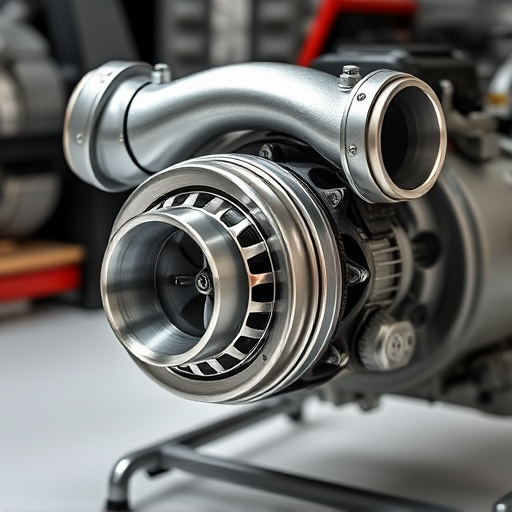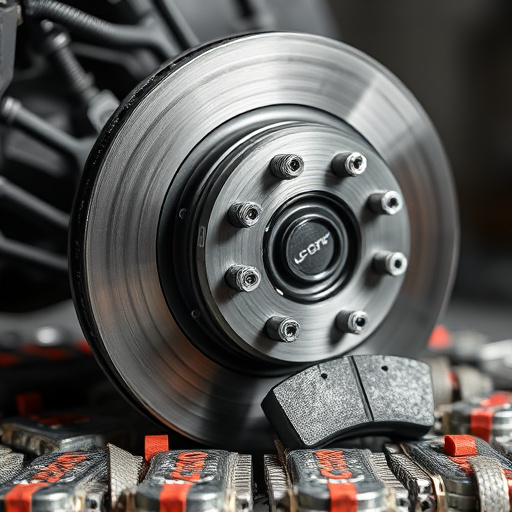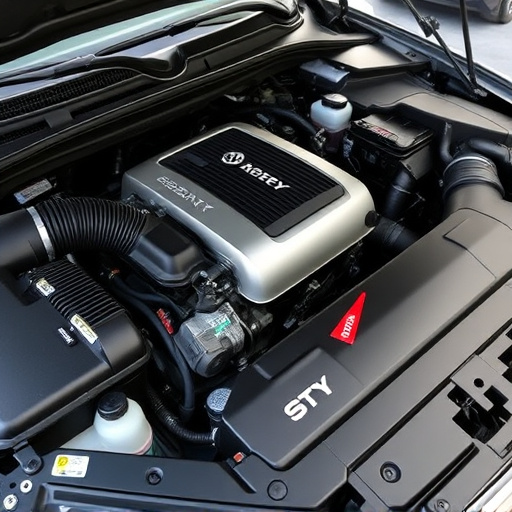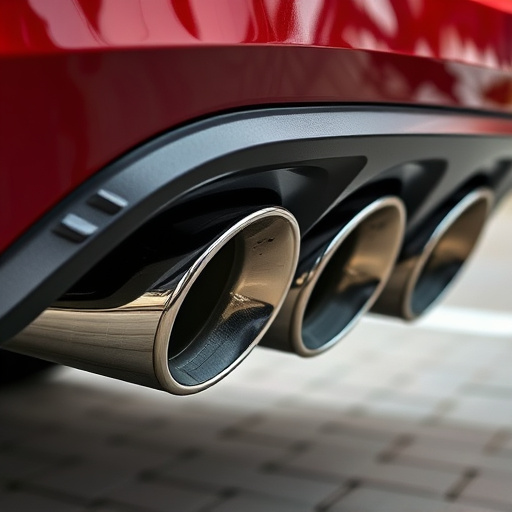The brake master cylinder (BMC) is a critical component for safe vehicle deceleration. Regular maintenance and prompt attention to anomalies prevent issues like leakage, increased pedal travel, and reduced braking power. Minor damage can be identified through visual inspection, fluid level checks, and performance testing. Repairs require proper tools, replacement parts, disassembly behind the wheel well, reinstallation, and leak/performance testing. Regular care ensures optimal BMC functionality for enhanced vehicle control and safety.
“Learn how to tackle minor damage to your brake master cylinder, a crucial component in your vehicle’s braking system. This guide breaks down the process into understandable sections. First, we explore the function and common issues of this vital part. Then, we provide diagnostic steps to identify minor damage. Finally, we offer a step-by-step repair process, equipping you with the knowledge to ensure safe and effective brake functionality.”
- Understanding the Brake Master Cylinder: Its Function and Common Issues
- Diagnostic Steps for Identifying Minor Damage
- Repair Process: Step-by-Step Guide to Fixing the Brake Master Cylinder
Understanding the Brake Master Cylinder: Its Function and Common Issues
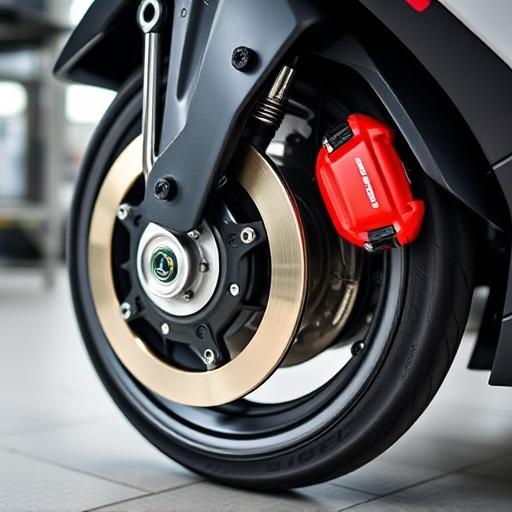
The brake master cylinder (BMC) is a crucial component in your vehicle’s braking system. Its primary role is to convert the force exerted on the brake pedal into hydraulic pressure, which then activates the brakes on all four wheels. This process ensures smooth and controlled deceleration, making the BMC an essential part for safe driving. Issues with this component can arise due to various factors such as normal wear and tear, fluid contamination, or sudden impact damage. Common problems include leakage, increased pedal travel, and reduced braking power.
While it’s not uncommon for the brake master cylinder to develop issues over time, especially in older vehicles or those subjected to rough driving conditions, proper maintenance can help extend its lifespan. Regular checks of the hydraulic fluid level and condition, as well as inspection for signs of damage or corrosion, are essential. If you notice any anomalies, such as a spongy pedal feel or unusual noises during braking, addressing them promptly is crucial. In some cases, replacing high-performance parts or addressing issues with suspension components can also contribute to resolving problems related to the brake master cylinder, ultimately enhancing overall vehicle safety and performance.
Diagnostic Steps for Identifying Minor Damage
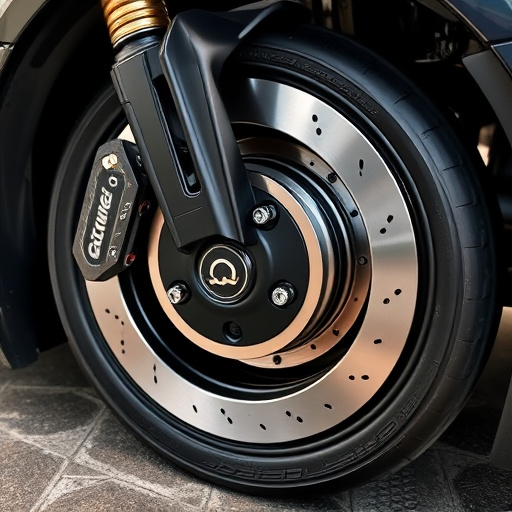
To identify minor damage to your brake master cylinder (BMC), start by inspecting it visually for any visible signs of wear, cracks, or deformities. The BMC is a critical component in your vehicle’s braking system, so even small issues can significantly impact performance and safety. Look for any leaks around the cylinder, which could indicate damaged seals or gaskets. Also, check the surrounding areas for unusual wear patterns on brake pads or rotors that might suggest misalignment or damage to other suspension kits.
Next, test the braking system thoroughly. Apply the brakes gradually and observe the stopping distance and vehicle stability. If you notice any vibrations, pulling to one side, or inconsistent braking power, these could be indicators of internal problems within the BMC or related brake components. Compare these tests against known good performance to pinpoint any deviations, helping you narrow down the potential causes of minor damage.
Repair Process: Step-by-Step Guide to Fixing the Brake Master Cylinder
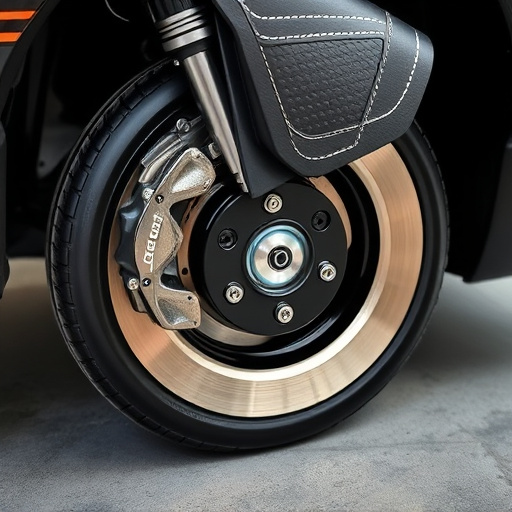
Repairing a damaged brake master cylinder (BMC) is a crucial task for any car owner to ensure safe and efficient braking. Here’s a step-by-step guide to help you navigate this process. First, gather the necessary tools and replacement parts, including a new BMC, wrenches, sockets, and safety equipment. Next, locate the brake master cylinder behind the wheel well, usually accessible through the engine bay or under the vehicle. Before disassembly, ensure your vehicle is parked on a level surface with the parking brake engaged for safety.
Start by disconnecting the vacuum lines attached to the BMC using suitable tools. Then, remove any protective covers or shields surrounding the cylinder. Next, carefully unbolt and lift out the old BMC, taking note of its orientation and any connected hoses or tubes. With the damaged component replaced, reattach all components in reverse order, ensuring proper alignment and tightening according to manufacturer specifications. Finally, reattach the vacuum lines and test the brakes for any leaks or performance issues before hitting the road again. Remember, a well-maintained brake master cylinder is vital for optimal vehicle control and safety, much like how a well-crafted exhaust system, featuring performance exhaust and muffler tips, enhances overall driving experience.
Repairing minor damage to your brake master cylinder (BMC) can be a cost-effective solution for maintaining your vehicle’s safety and performance. By understanding the basic functions of the BMC and following a systematic diagnostic and repair process, you can identify and rectify issues effectively. Regular maintenance and prompt attention to even minor damages ensure optimal braking efficiency, making it a crucial component to keep an eye on.



